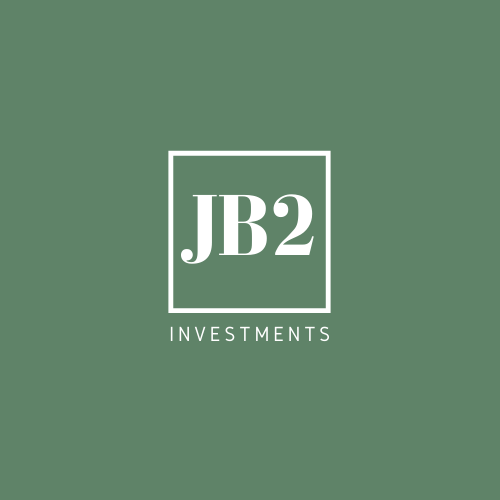Why We Left Flipping for Long-Term Holding
We recently tweeted about our past successes through our family flip business. During our decade of time in the industry, 22 million in profits were created with an average yearly return of 38% spanning across 400 Single Family Residence (SFR) deals. We’ve been asked several times about why we would leave such a lucrative business.
There are two reasons why we made the jump.
1. Competition
2. Long-term unsustainability of the flip business
Facing the Competition
We got our start in the Los Angeles flip business after the 2008 recession. At that time, deals were great and plentiful. For every 20 or so deals we looked at, we could buy one great deal. As time went on, we got to the point where we were purchasing one deal out of every fifty prospects. This was due to two main reasons.
1. The decrease in distressed inventory
2. The popularity of LA flipping
Part of the popularity of flipping has to do with better technology and more readily available information. When we first started in the business, Redfin didn’t exist. Unless you had multiple listing service (MLS) access, it was hard to get good comps. Now, anyone with a smartphone can download the Redfin app and is just seconds away from pretty much anything they need to know, all with just a few screen swipes. Also, sites like biggerpockets.com and others are regularly releasing podcasts that provide more information on what it takes to succeed in the flipping industry.
This abundance of information is great because it gives more people an opportunity. Unfortunately for us, it created a lot of competition against inexperienced operators that usually overpaid for deals. They usually overpaid for deals because they lacked experience, they didn’t estimate rehabilitation expenses/after repair value (ARV) correctly or had lower profit margin expectations due to lower overhead. These competitors could benefit from lower overhead because it was usually just an owner and a partner, thus fewer resources to cover.
Our business had employees, an office, and other costs that we needed to incur. Thankfully, we could mitigate much of this by entering into higher-end markets that were more capital-intensive projects. All in all, it became increasingly challenging to compete and return similar results.
Sustainability in the Flipping Business
The flip business had become increasingly difficult. Though we had created a tremendous systematic machine, it became more difficult to feed that machine. We had to feed the machine to cover costs, let alone make a profit. On top of that, doing flips is incredibly labor-intensive:
1. We have to source the deals, which takes about 50 hours of underwriting deals per acquisition.
2. You have the escrow process, which typically took 21 days to get through inspections, investigations, and funding.
3. The rehab process took on average four to five months, with at least twice weekly walks of the jobs, plus internal meetings with project managers and designers.
For the resale, we did another 45-60 days of marketing the property and getting it through the sales escrow. Imagine repeating that for 30-40 deals a year. Though we had a handful of people in these roles, it still was a monumental task.
Compared to the multi-family cashflow business, the acquisition process takes about 100 hours of underwriting deals to get to one. Keep in mind these acquisitions are probably six times the size of the average flip we were doing. The escrow/loan process is more intense and labor-intensive for more massive multi-family deals. When we invest out of state, we also have to consider travel costs and time. The rehab process can be as challenging as flips, if not more challenging and lengthier.
The magic happens once the asset has been fully stabilized. Unlike the flip business, in this case, you would hold instead of sell. At that point, there would be one-hour calls every other week to confirm we were hitting our targets. Then, the review of monthly reports from property managers and quarterly reports to our investors from there. As you can see, once the asset stabilizes, the work moving forward is minimal.
Holding Out with Multi-Family Investing is Worth the Wait
The LA flip business is indeed more profitable in the short-term than multi-family investing. However, in the long term, you must consider the appreciation, refi-out tax-free capital to invest in other deals, and fewer total man hours to manage. In this case, then the returns are better. It’s the compounding effect of holding real estate long term that really has its power. The money in the flip business is excellent, but you sell, and you’re done.
Consider if you spent all this effort to open a restaurant and got it hip happening popular and just sold it right away. Wouldn’t you want to enjoy the fruits of your labor for at least some time? The apartment game, on the other hand, is like the cash cow that keeps on giving.
Then there are the tax consequences of flip income, which is handled as ordinary income due to its short-term gain nature. In comparison, multi-family real estate is treated as long-term gains, not to mention all the other tax benefits.
Honestly, we like the stability of multi-family assets and its ability to weather recessions. In the flip business, things can be good at times and pretty tough in others. It can also be wildly inconsistent where one month you buy six deals, and the next four months you don’t. Ultimately, we found an income-producing property to be the most stable, sustainable, more passive, and more significant long-term wealth generator out there.

